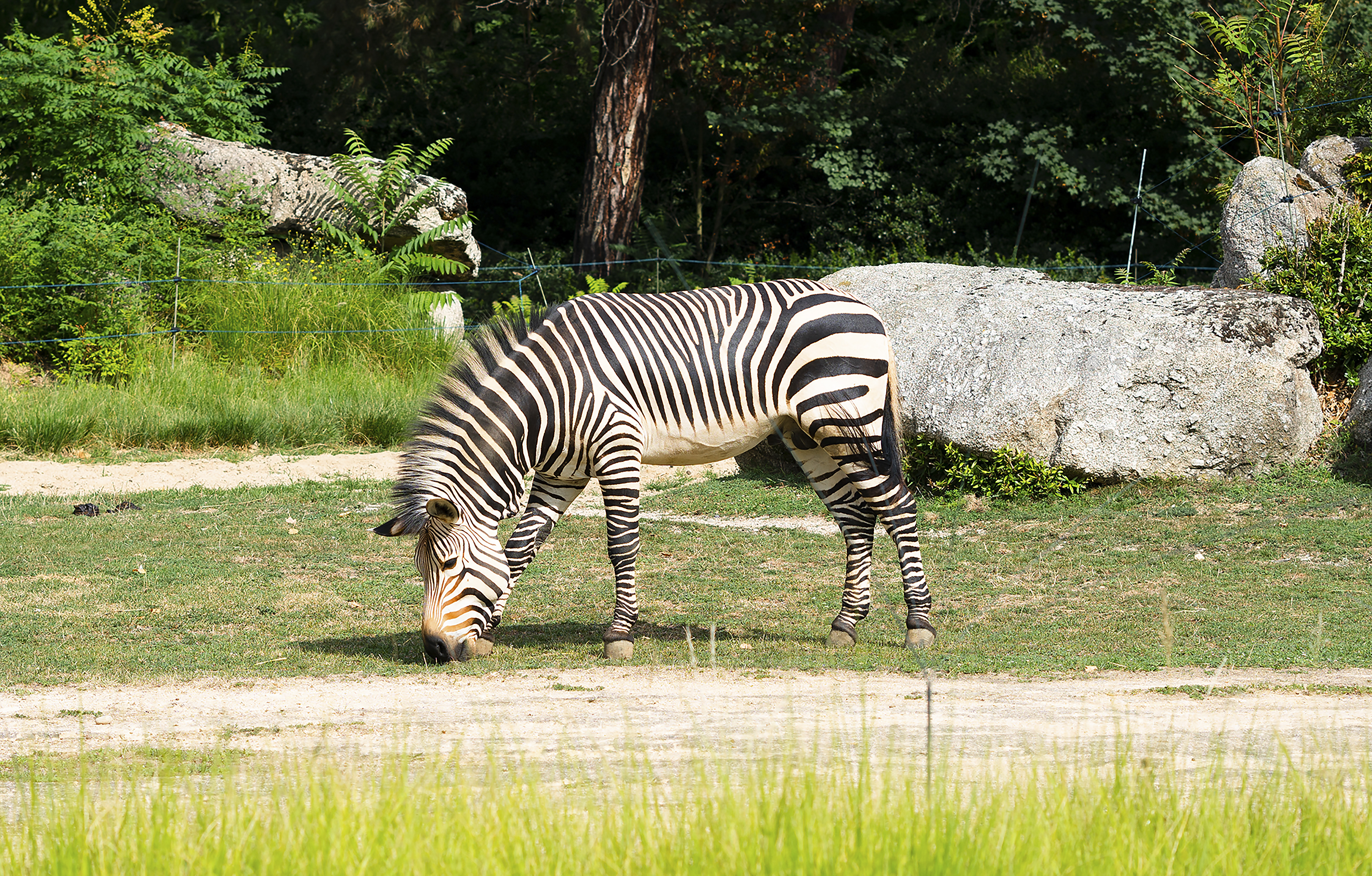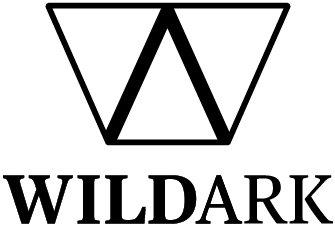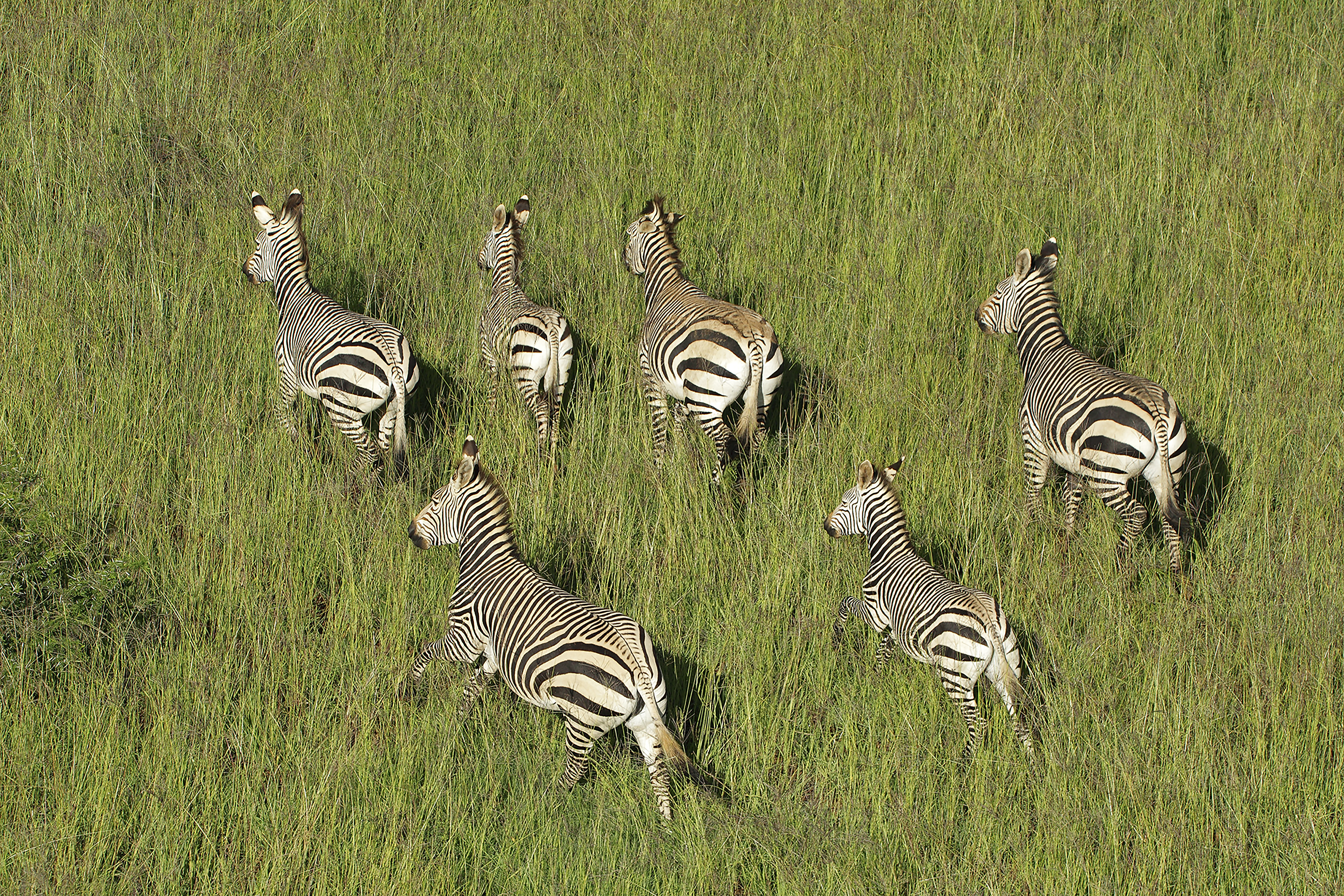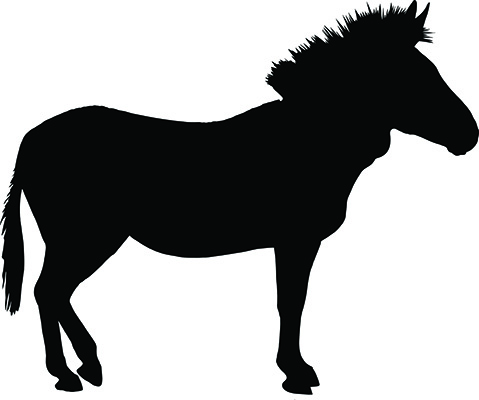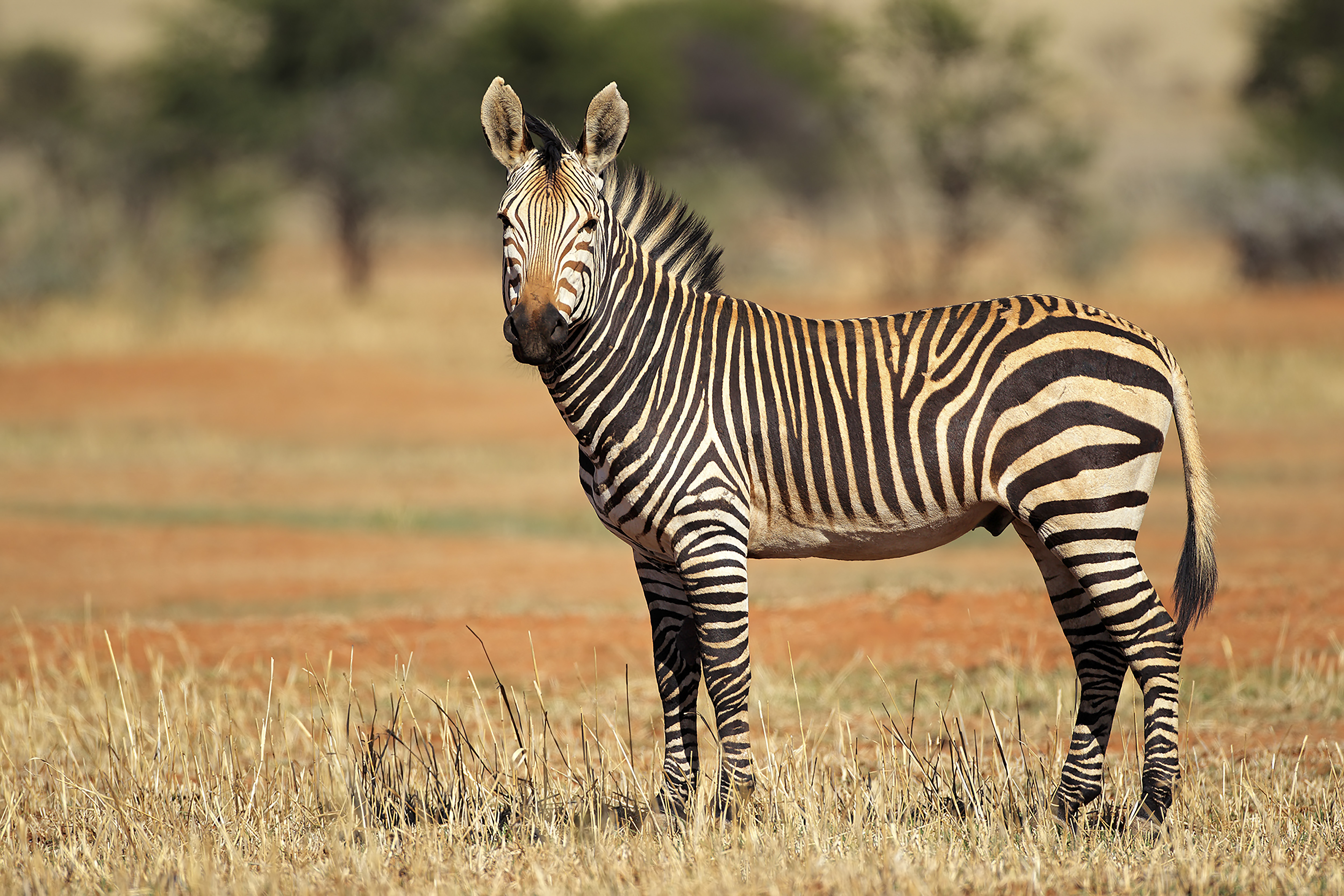Mountain Zebra
(Equus zebra)
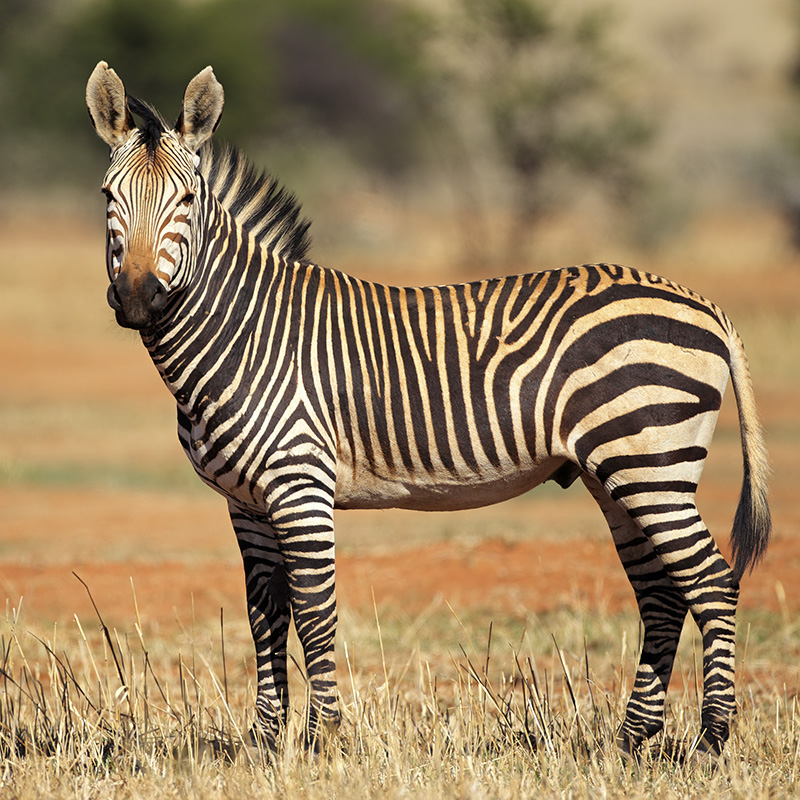
Namib-Karoo-Kaokoveld Deserts and Shrublands
STATISTICS
Height up to
1.5 meters
Length up to
2.4 meters
Weight up to
372 kgs
Lifespan
20 Years
Skilled Climber
An icon of the mountainous terrain of Southern Africa, the Mountain Zebra is distinguished from other zebra species by the thin and close-together vertical black lines on its neck and torso. It also lacks “shadow stripes,” which means that the stripes do not touch underneath its belly. However, like all zebras, no two individuals look exactly alike.
This species sticks around slopes and plateaus as high as 1,000 metres above sea level. The Mountain Zebra is primarily a grazer of tufted grass and requires only rough vegetation with low nutritional value due to its hind-gut fermentation process. Therefore it targets old growth to make way for new growth vegetation. By keeping vegetation in check, the Mountain Zebra prevents insect populations from getting out of control.
This species is a source of food for carnivores such as lions and hyenas. The Mountain Zebra lives within a typical, harem social structure comprised of an adult stallion along with a few mares and their dependents. The gestation period of this species is 180 days with the female Mountain Zebra giving birth to one foal every 1 – 3 years.
BIODIVERSITY BENEFIT
Maintenance of Vegetation - Source of Food - Insect Population Control
THREATS
Habitat Loss and Fragmentation
Due to agricultural development which disrupts movements through fencing or by preventing access to surface water.
Climate Change
At risk of decline due to future drought and extreme weather.
Hunting
For its skin (especially in Namibia) because they compete with livestock for grazing.
Loss of Genetic Diversity
Through inbreeding, caused by small subpopulation sizes or small habitat sizes leading to disease vulnerability.
PROTECT THE WILDARK 100
